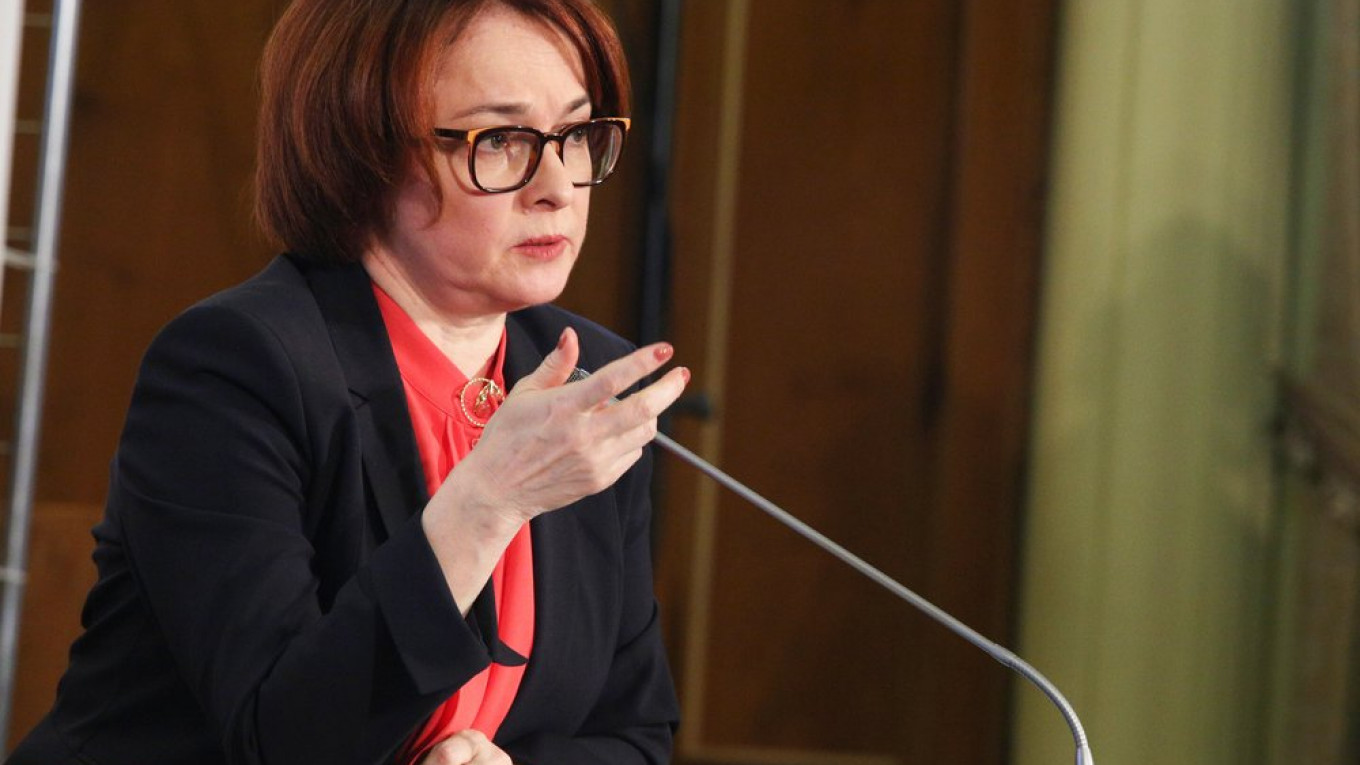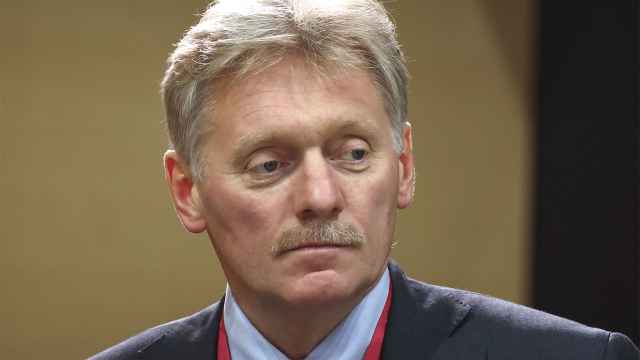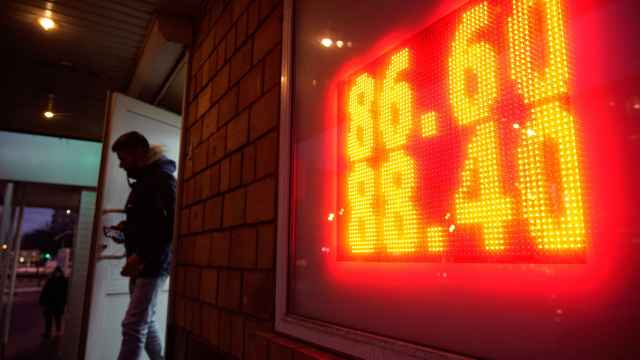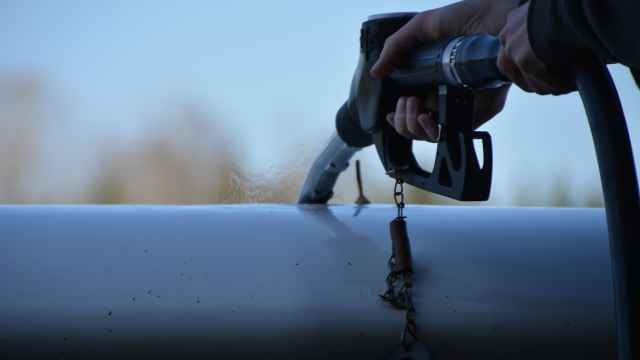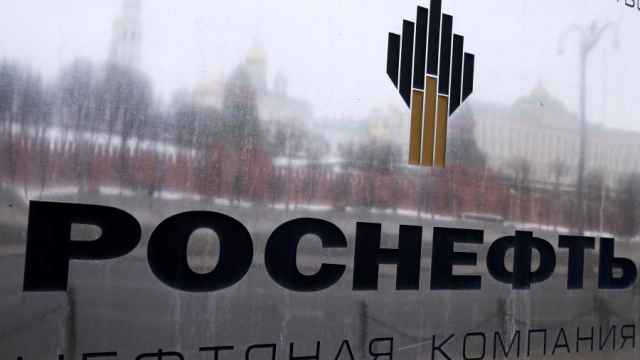As the Kremlin debates how to spend tens of billions of dollars from its rainy-day fund to jump-start growth, rare public divisions are emerging within the economic team that’s made Russia’s bonds an investor favorite.
The tensions highlight the growing pressure from President Vladimir Putin to revive the sluggish economy, which has battered his public support and fueled protests around the country. The central bank and critics of the spending plan say the extra money won’t do much to get growth going but could undermine hard-won economic stability that’s earned Russia praise from investors, rating agencies and the International Monetary Fund.
“The political pressure to do something about growth is very strong now,” said Christopher Granville, managing director for EMEA and global political research at TS Lombard in London. “If it looks like the government is determined to spend something, the central bank will be even more cautious than it has been already.”
The debate over loosening the budget reins is especially fraught in Russia following the introduction of a fiscal rule two years ago aimed at insulating the economy and the ruble from the ups and downs of oil prices. The mechanism diverts revenue from when crude prices are above $40 a barrel into the National Wellbeing Fund, to be used primarily when times get tough.
The IMF said in August that this mechanism “anchors fiscal policy” and warned that changes “should be avoided to firmly establish its credibility.” The central bank argues spending from the fund could undo much of that progress, and that triggered an unusually blunt warning last week from the Finance Ministry to stick to monetary policy.
“The aim of the wellbeing fund was to ensure stability against swings in the oil price,” said Oleg Vyugin, a former senior central bank official who is now chairman of the Moscow Exchange. “If they start spending the war chest, the ruble will strengthen and dependence on oil will rise sharply.”
Spending temptation
But the temptation to tap into that money has grown along with the fund balance — which now exceeds $122 billion. Russia expects to hit the legal threshold for beginning to spend the money early next year and the battle over where it will go is already heating up.
At stake is as much as $47 billion a year in 2020-21, according to Renaissance Capital. That’s about 2.5% of GDP, or roughly double what the federal government spends on health and education.
Initially, the government said the money would go to projects aimed at stimulating exports, but located outside Russia to limit the flow of the oil revenue back into the economy and thus the impact on inflation and the ruble. But in recent months, officials have said they’d consider big domestic projects — from gas in the Arctic to urban beautification and public transport.
The central bank has mounted an intensifying campaign to warn of the risks using the money at home would have for inflation and exchange-rate stability, hinting that it might have to slow interest-rate cuts to counteract it.
Last week, governor Elvira Nabiullina went further, saying in a speech that the government should be more “transparent” about its plans and just raise the oil price in the fiscal rule from the current $40 a barrel — anathema for a government that’s staked its credibility on not changing that fundamental parameter.
Nabiullina’s comment elicited an unusual public denunciation from the Finance Ministry, which called it “strange” and told the Central Bank to stick to monetary policy.
The tensions are likely to pick up this fall as the government moves toward deciding just how much it will spend and how, leaving investors to worry.
“History shows that investment projects in Russia often lead to capital outflows and rising inflation,” said Elina Ribakova, deputy chief economist at the Institute of International Finance in Washington.
A Message from The Moscow Times:
Dear readers,
We are facing unprecedented challenges. Russia's Prosecutor General's Office has designated The Moscow Times as an "undesirable" organization, criminalizing our work and putting our staff at risk of prosecution. This follows our earlier unjust labeling as a "foreign agent."
These actions are direct attempts to silence independent journalism in Russia. The authorities claim our work "discredits the decisions of the Russian leadership." We see things differently: we strive to provide accurate, unbiased reporting on Russia.
We, the journalists of The Moscow Times, refuse to be silenced. But to continue our work, we need your help.
Your support, no matter how small, makes a world of difference. If you can, please support us monthly starting from just $2. It's quick to set up, and every contribution makes a significant impact.
By supporting The Moscow Times, you're defending open, independent journalism in the face of repression. Thank you for standing with us.
Remind me later.


